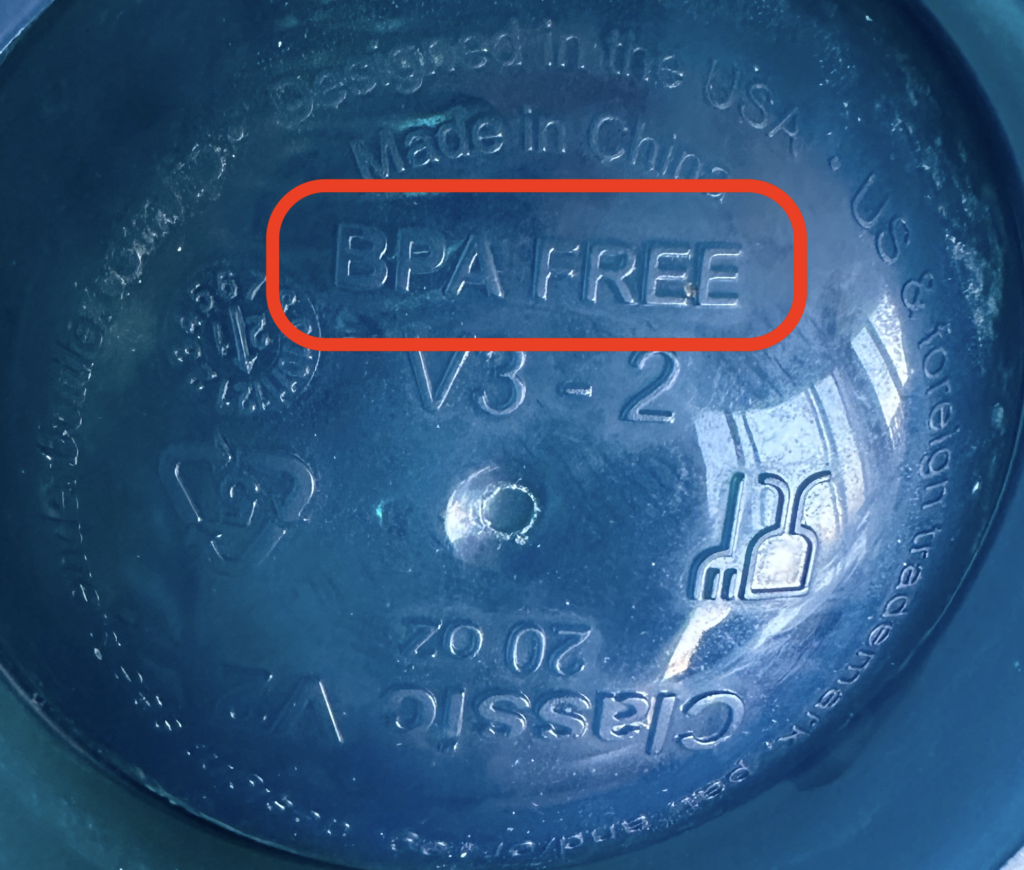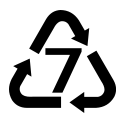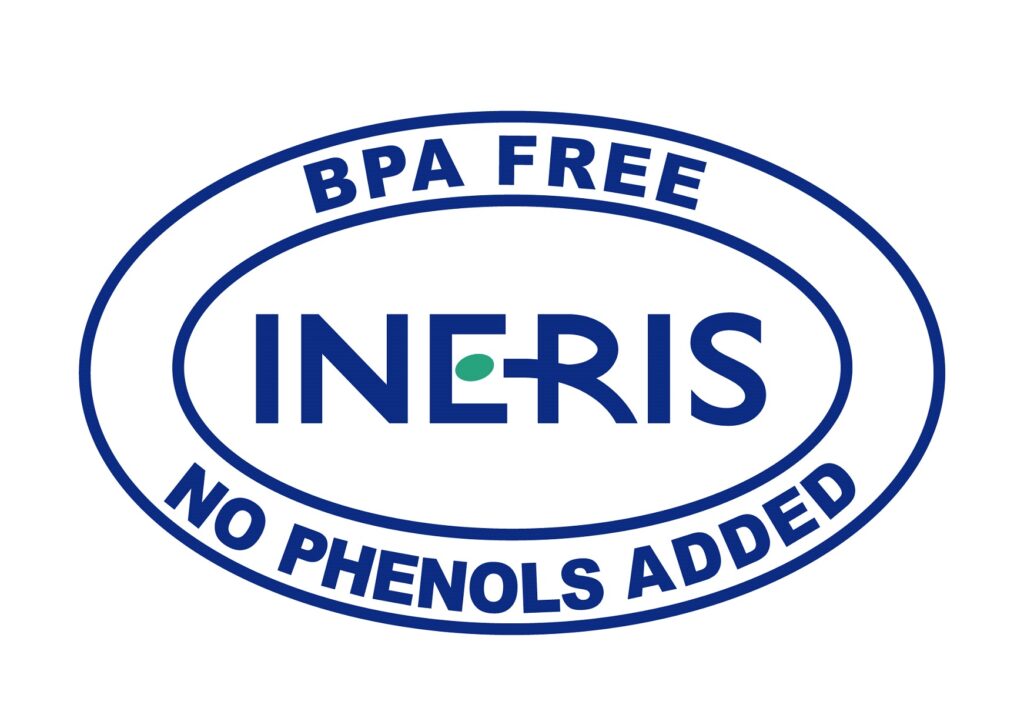Labels such as “BPA Free” and “Phthalate Free” can be helpful in finding products that are safer than conventional alternatives, but just because a product makes a claim doesn’t guarantee it is accurate.
There’s a significant difference between a product that has been tested and certified vs a product that is making a claim on its own. Being able to distinguish between the two can be the difference between you thinking you’re getting a safer product and you actually getting a safer product.
Products generally fall into 3 categories:
| No Label | Label with A Claim | Certification Label |
| Product is not making a claim and probably hasn’t been tested. | The product manufacturer or retailer is claiming the product meets a certain criteria such as “BPA Free” but it isn’t backed-up with a certification. | The product has been tested and received a certification. |
| Avoid | Look Deeper | Best Bet |
What is a product certification?
A product certification is a process through which a product is evaluated and verified to meet specific standards or criteria set by a regulatory authority, a standardization body, or a professional organization. Once the product meets the necessary standards, it is granted a certification mark, which can be displayed on the product or its packaging. This mark acts as an assurance to consumers, other businesses, or regulators that the product meets the claimed standards or qualities.
Common Certifications & Labels Found On Plastic Products
Here are the most common labels you may see on plastic products and how to distinguish between certified claims vs general claims.
“BPA Free”
You may see product markings that indicated “BPA Free” but the majority are self-imposed labels not third party certifications.

Products marked with “BPA Free” are indicating that there is zero BPA within them. This is an optional label most brands use for marketing. Since a company can be penalized for falsely labeling their products, most get a third party test before adding the “BPA Free” label to their products and they can generally be trusted.
There’s a small chance that a product labeled “BPA Free” still has BPA in it, but it is not likely. It’s more likely that the product contains a BPA substitute which is just as dangerous… see below for more details.
Along with the “BPA Free” label, you can also look to see what type of plastic the bottle is made from.

Label “7” is a catchall for “all other plastics”.
- 1 – PETE
- 2 – HDPE
- 3 – V
- 4 – LDPE
- 5 – PP
- 6 – PS
- 7 – Other
The “7” label is a good indicator that the product may have BPA-containing plastic.
BPA Replacements
Note that there are several very similar chemicals of the Phenol family such as BPS and BPF that are often used in lieu of BPA. This allows a product to claim that it is “BPA Free”, even though it contains chemicals with a very similar structure and therefore very similar health implications.
The only certification for BPA and alternative phenols is issued by Ineris. This label indicates that the product has been tested and is certified not to contain BPA, BPS, BPF, and several other phenolic variants.

You’re not likely to see this label on consumer products because it is voluntary and an added expense for the producer. At this time the best way to avoid Phenols is to avoid plastics in category 7 and to follow brands you have researched and you trust.
Phthalate Free
There are currently no certification marks indicating phthalate-free products, but some products may have labels indicating their packaging and/or product is phthalate free. The best approach to avoiding phthalates is to read the product label and follow brands you’ve researched and trust.
Common phthalate chemicals to look for:
- di-(2-ethylhexyl) phthalate (DEHP)
- dibutyl phthalate (DBP)
- benzyl butyl phthalate (BBP)
- diisononyl phthalate (DINP)
- diisobutyl phthalate (DIBP)
- di-n-pentyl phthalate (DPENP)
- di-n-hexyl phthalate (DHEXP)
- dicyclohexyl phthalate (DCHP)
